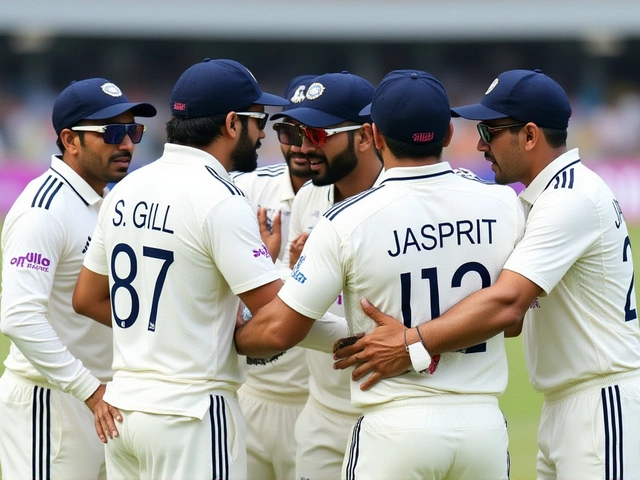Decision Guide: How Choices Shape What You See and Do
Every day you face a pile of choices – which article to read, what exam strategy to follow, or even which airline to trust. Those decisions pile up and end up deciding what you learn, how you feel, and where you go. Let’s break down the most common types of decisions that pop up on India News Buzz and give you straight‑forward tips to handle them.
Decisions in the News You Read
When a headline claims "Top court stays HC order on Arya Samaj marriages," you instantly have to decide whether it matters to you. Legal stories are a prime example of decisions shaping public opinion. The court’s pause on a high‑court order can affect community practices, so the key is to look for the bottom line: who is affected and what the next step might be.
Choosing a news channel is another daily decision. In 2020, Republic TV topped the list for many viewers because of its fast‑paced reporting. If you value quick updates over deep analysis, you might stick with a channel like that. If you prefer investigative pieces, look for outlets that spend more time on research.
Even sports results force decisions. Aryna Sabalenka’s back‑to‑back US Open win isn’t just a story; it’s a cue for fans to decide who to back in the next tournament or whether to buy tickets for a match. The outcome tells you which player’s form is on fire and where the next excitement will be.
Everyday Decision Hacks
Exam prep is a classic decision‑making exercise. The IB ACIO exam pattern for 2025 splits into three tiers – a 100‑mark objective test, a 50‑mark descriptive paper, and a 100‑mark interview. Knowing this structure helps you decide how much time to allocate to each section. Focus on the objective part first, because it’s weighted higher, then polish your descriptive answers to clear the interview hurdle.
Career moves follow the same logic. Tata’s takeover of Air India presents a decision point for investors and job seekers alike. The conglomerate’s deep pockets and aviation background suggest a turnaround, but you still need to weigh market competition and operational challenges before jumping in.
Even simple things like picking a meal involve decisions. When you ask, "What’s the most delicious Indian food?" the answer varies, but dishes like butter chicken, biryani, and samosas appear again and again. If you’re new to Indian cuisine, start with those crowd‑pleasers – they’re safe bets that satisfy most taste buds.
Population trends also force policy decisions. India’s huge population growth stems from high fertility rates, better healthcare, and urban migration. Understanding these factors helps lawmakers decide where to invest – in education, health services, or job creation.
Finally, personal likes and dislikes about India shape lifestyle decisions. Some folks gripe about congestion and pollution, while others love the diverse culture and natural beauty. Balancing the pros and cons lets you decide where to live, travel, or work.
In short, every click, glance, or conversation is a decision in disguise. By spotting the core question – what’s at stake and who it affects – you can cut through the noise and make choices that match your goals. Keep these quick checks in mind, and you’ll navigate news, exams, travel, and everyday life with confidence.





